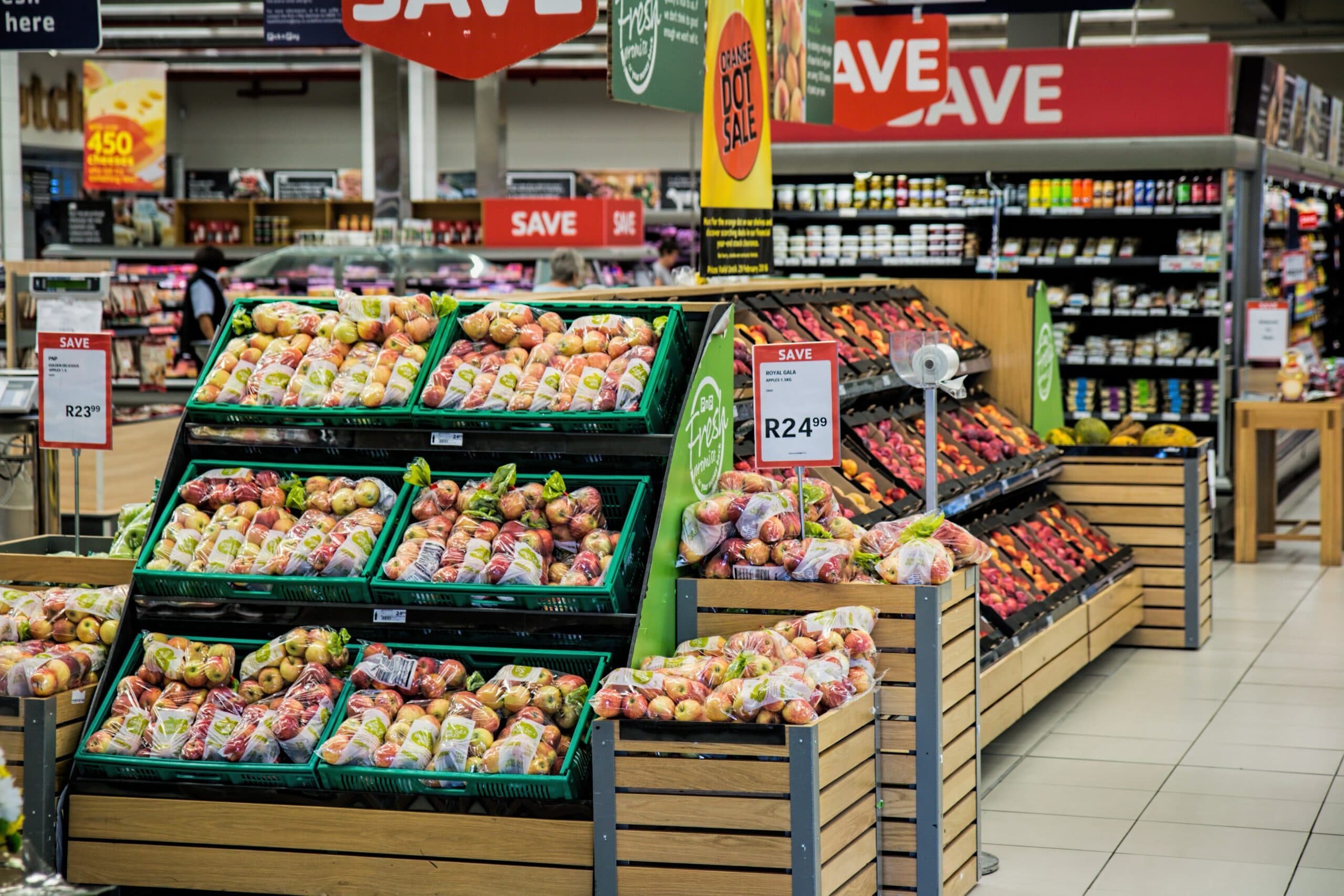Successful retailers build their businesses on sound strategy and structure. This approach can be applied to visual merchandising to ensure all initiatives focus upon providing a creative and consistent representation of the brand that attracts and appeals to the target audience.
To learn how to steer your success as a leader, the ARA Retail Institute runs multiple workshops on business leadership and team culture. Join the ARA Retail Institute in their latest workshop on planning a merchandise product range.
{{cta(‘6d61f645-7d51-41f2-86e3-4f5c1d0d34c9’)}}
Visual merchandising
Merchandising is the act of creating an environment that makes customers want to interact with and buy. There are two key objectives and an additional one that is becoming more prevalent in luxury and specialist markets:
- To create an overall brand aligned store image that attracts the target market
- To present products so customers are inspired by the offer and buy multiple items when they are in the store
- To provide opportunities for staff to connect with customers by sharing brand stories and history as prompted by VM props and design
How visual merchandising staff do this depends upon the business in which they work.
The role of a visual merchandiser
The key objective of all visual merchandisers is to increase sales. It is more than making the store attractive. It is about using every element of space, product and promotion to drive a profit. Visual merchandisers need to understand the buying behaviours of their target market so they can provide the right amount of information and stimulation at key points across the store.
To be successful, visual merchandisers need to be able to put their personal feelings aside to work with products they may not have a connection with and still create a winning result. Many brands already have a highly valuable creative formula and it is commerciality they are looking for from their visual merchandising teams. It is not always true that the most creative people make the best visual merchandisers. When working for department stores or large retailers there is often far less scope to use personal creativity than there may be when working for a boutique or independent retailer, as the creative direction is generally already established and the VM role may be one of execution to ensure commerciality and brand consistency.
Great visual merchandisers stick to the following mantra:
‘I ensure the right products are placed in the right place at the right time at the right price to attract the right customer’
Visual merchandising is best understood as a business activity that enhances the shopping experience and maximises customer interaction and sales.
Elements of VM strategy
When new retailers consider how to develop their visual merchandising strategy they are often unsure how or where to begin. It is important therefore that they look at the business from the inside out and the outside in in order to be sure all elements that influence VM strategy are taken into account.
Internal factors
There are several internal factors that influence the decisions a retailer makes in developing their VM strategy.

- What is the brand image, story or message?
- How does this translate into the intended store experience?
- What is the product range and selection?
- Who is the target market? How are they described in demographic and lifestyle terms?
- What requirements are there on functionality of space?
Although it can be challenging to measure, it is helpful for businesses to consider what impact visual merchandising plays in meeting business objectives and to ensure VM strategy planning is integrated into the overall business planning process.
External factors
External factors are those that influence the business from the outside in. They indicate how a retailer is positioned in the market against competitors and how customers perceive their point of difference. Retailers with a well-defined point of difference have a distinct advantage over their competitors. Whilst some can differentiate with the brands they stock the importance is in how they:
- Uniquely represent product
- Create a unique retail environment
In a bricks-and-mortar shopping experience, customers will judge these two aspects of a retailer first before they will consider any level of interaction with the retailer from a sales and service perspective.
Visual merchandising strategy asks retailers to consider how VM will be employed to meet business objectives. It provides guidelines and direction for the development of visual merchandising standards that can then be implemented across the organisation.
Visual merchandising planning
The approach to visual merchandising used by a retailer is a key part of positioning the business within its market. Great visual merchandising both attracts the desired customer and helps distinguish your store from its competition.
Most retailers use some form of visual merchandising standards to help their staff develop VM plans that align business objectives with display directives. Although there are many ways in which retailers can structure their plans most include:
- Plan-o-grams which illustrate how displays should look
- The number and type of displays to be used and where they should be located across the store
- The merchandise and signage for each display and how they should appear
- Schedules for implementing displays
About ARA Retail Institute
ARA Retail Institute is Australia’s leading retail training provider for both accredited and non-accredited learning programs. For more information, please visit: www.retailinstitute.org.au




















